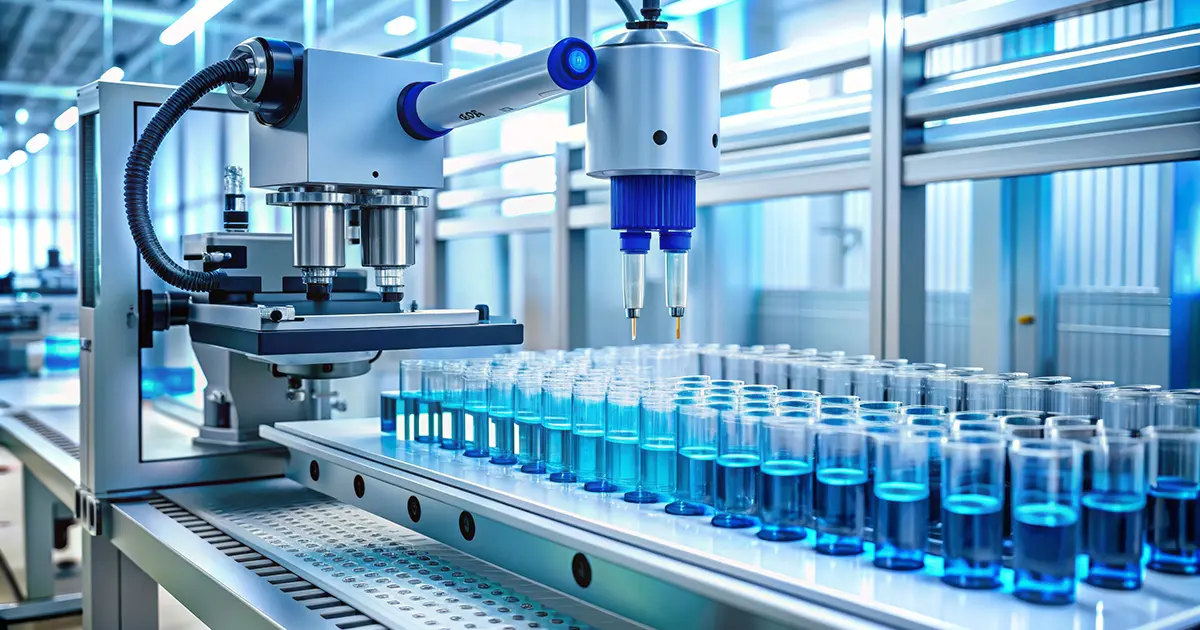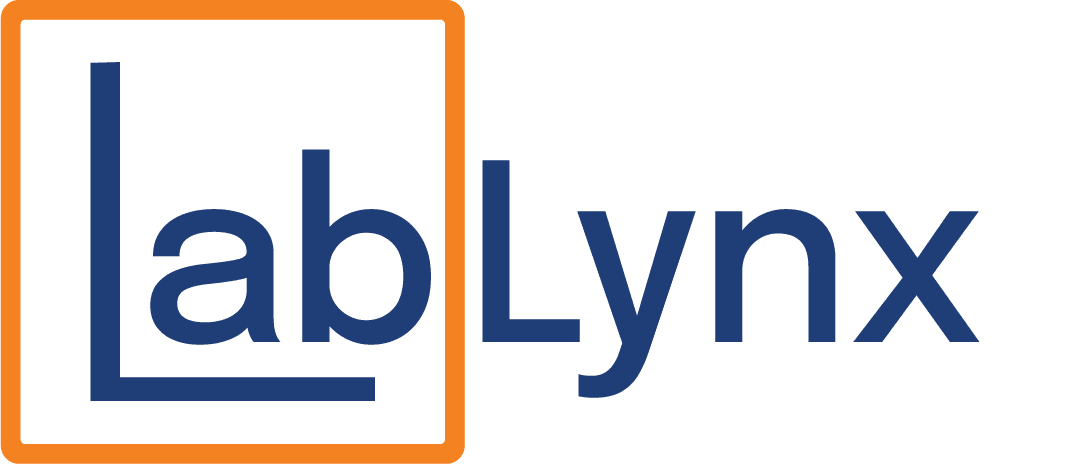

Introduction to Laboratory Automation
Laboratory automation is not just a technological advancement; it’s a game-changer that’s revolutionizing how laboratories function. Imagine a lab where repetitive tasks are handled with pinpoint precision, data is managed seamlessly, and results are delivered faster than ever before. This isn’t science fiction—it’s the reality of modern laboratories that embrace automation. As the demand for quicker, more accurate, and cost-effective laboratory operations skyrockets, automation emerges as the essential tool that’s reshaping the future of lab work.
The Evolution of Laboratory Automation
Laboratory automation is not a new concept; it has been gradually evolving for decades. Early automation efforts focused on simple, repetitive tasks like liquid handling and sample preparation. However, with advancements in robotics, artificial intelligence (AI), and machine learning, today’s laboratory automation systems are far more sophisticated. These systems can perform complex analyses, manage data in real-time, and even adapt to new procedures with minimal human intervention.
The evolution of automation technology in laboratories has brought about significant improvements in workflow efficiency. Laboratories that once relied heavily on manual processes can now streamline their operations, reduce the potential for human error, and achieve higher throughput. This transformation is not just about replacing manual labor with machines; it’s about enhancing the capabilities of laboratory professionals, allowing them to focus on more critical tasks such as data interpretation and decision-making.
Key Components of Laboratory Automation
- Robotic Systems: At the heart of laboratory automation are robotic systems that can handle tasks ranging from sample preparation to complex analytical procedures. These robots are designed to operate with precision, reducing variability and ensuring consistency across experiments.
- Laboratory Information Management Systems (LIMS): A critical component of any automated lab is the LIMS, which serves as the central hub for managing data, tracking samples, and integrating various laboratory instruments. A robust LIMS not only enhances data accuracy but also facilitates compliance with regulatory requirements.
- Artificial Intelligence and Machine Learning: AI and machine learning algorithms are increasingly being integrated into laboratory automation systems. These technologies enable predictive analytics, pattern recognition, and adaptive learning, allowing laboratories to optimize processes and achieve more accurate results.
- Automated Workstations: These workstations combine multiple automated instruments into a single platform, enabling seamless workflows. They are particularly useful in high-throughput environments, where the need for speed and efficiency is paramount.
- Automated Storage and Retrieval Systems: Managing large volumes of samples is a challenge for many laboratories. Automated storage and retrieval systems offer a solution by organizing and tracking samples with minimal human intervention, ensuring that samples are stored under optimal conditions and are easily accessible when needed.

Benefits of Laboratory Automation
The integration of automation into laboratory workflows offers a multitude of benefits:
- Increased Throughput: Automation significantly enhances the speed at which laboratories can process samples, making it possible to handle higher volumes of work in less time. This is particularly valuable in fields like clinical diagnostics and drug discovery, where time is often of the essence.
- Enhanced Accuracy and Precision: Automated systems minimize the risk of human error, leading to more accurate and reproducible results. This is critical in research and development, where even small errors can lead to significant discrepancies in outcomes.
- Cost Efficiency: While the initial investment in automation technology can be substantial, the long-term cost savings are undeniable. By reducing the need for manual labor and minimizing errors, laboratories can lower operational costs and improve their return on investment.
- Improved Data Management: Automation facilitates better data management by integrating with LIMS and other data systems. This integration ensures that data is captured accurately, stored securely, and can be easily retrieved and analyzed.
- Scalability: As laboratories grow, automation systems can be scaled to meet increasing demands. Whether expanding the number of automated workstations or integrating new technologies, automation provides the flexibility needed to adapt to changing requirements.
Applications of Laboratory Automation
Laboratory automation is making a significant impact across various industries:
- Clinical Diagnostics: In clinical laboratories, automation is essential for processing large volumes of patient samples quickly and accurately. Automated analyzers, robotic sample handlers, and integrated LIMS ensure that test results are delivered promptly and reliably.
- Pharmaceutical Research: Drug discovery and development require the analysis of vast amounts of data from numerous experiments. Automation in pharmaceutical labs accelerates these processes, allowing researchers to screen thousands of compounds efficiently and identify promising candidates faster.
- Genomics and Proteomics: The fields of genomics and proteomics involve the study of complex biological molecules. Automation plays a crucial role in high-throughput sequencing, mass spectrometry, and other techniques that require precise and repetitive tasks.
- Food and Beverage Testing: Ensuring the safety and quality of food and beverages is a critical concern for public health. Automated laboratories in this sector conduct rigorous testing for contaminants, allergens, and nutritional content, providing accurate and timely results.
- Environmental Monitoring: Automated systems are increasingly being used in environmental labs to monitor air, water, and soil samples. These systems enable continuous, real-time data collection, helping to detect pollutants and assess environmental health.
The Future of Laboratory Automation
The future of laboratory automation is bright, with continuous advancements expected to further enhance the capabilities of automated systems. Emerging technologies like artificial intelligence, machine learning, and the Internet of Things (IoT) will likely play a significant role in the next generation of laboratory automation.
AI-Driven Automation
As AI technology evolves, it will become increasingly integrated into laboratory automation systems. AI-driven automation will enable labs to analyze data more efficiently, predict outcomes, and optimize workflows based on real-time insights.
IoT-Enabled Labs
The IoT is poised to revolutionize laboratory automation by connecting various devices and systems, enabling seamless communication and data sharing. IoT-enabled labs will be able to monitor equipment performance, track sample conditions, and ensure compliance with regulatory standards automatically.
Personalized Medicine
In the field of healthcare, laboratory automation will play a crucial role in the development of personalized medicine. Automated systems will be used to analyze patient data, identify genetic markers, and tailor treatments to individual patients, improving outcomes and reducing healthcare costs.


Conclusion
Laboratory automation is transforming the way laboratories operate, offering numerous benefits, including increased throughput, enhanced accuracy, and improved cost efficiency. As technology continues to advance, the future of laboratory automation promises even greater innovations that will further revolutionize the field. By embracing automation, laboratories can not only meet the growing demands of their industries but also achieve new levels of excellence in their work.
Whether you’re involved in clinical diagnostics, pharmaceutical research, or environmental monitoring, laboratory automation is the key to staying ahead in a competitive and rapidly changing landscape. The journey towards fully automated labs is ongoing, and those who invest in these technologies today will be the pioneers of tomorrow’s laboratory science.
LabLynx is at the forefront of the laboratory automation revolution, offering cutting-edge solutions tailored to meet the unique needs of your lab. With our comprehensive Laboratory Information Management System (LIMS) and expert support, we help you seamlessly integrate automation into your workflow, ensuring enhanced efficiency, accuracy, and data management. Whether you’re looking to streamline routine tasks, manage complex data, or scale your operations, LabLynx has the tools and expertise to guide you every step of the way.
Ready to take your lab to the next level? Get started with LabLynx today and discover how our automation solutions can transform your laboratory into a high-performing, future-ready operation.




